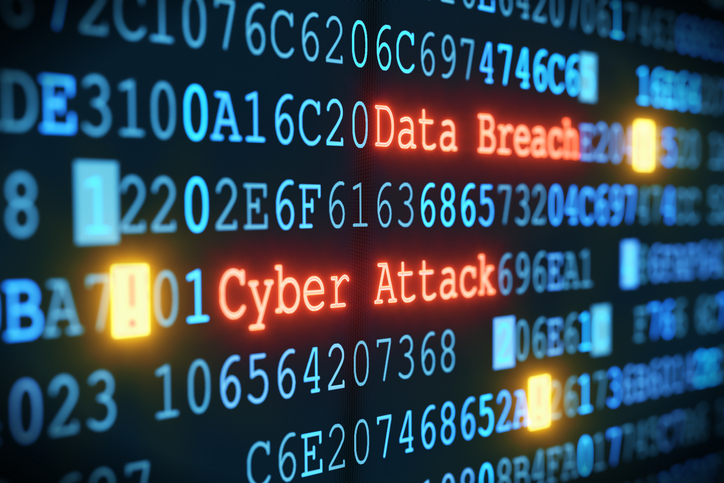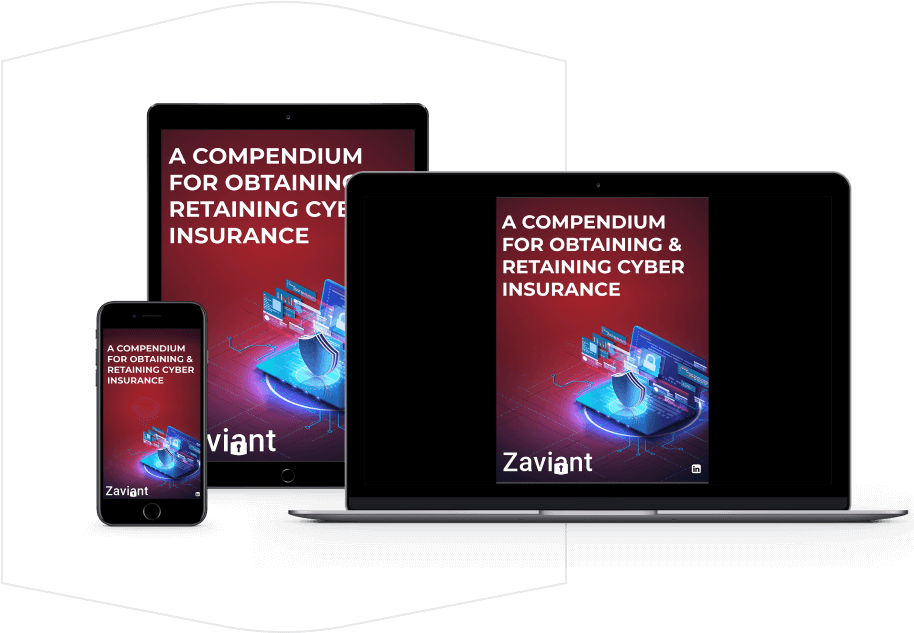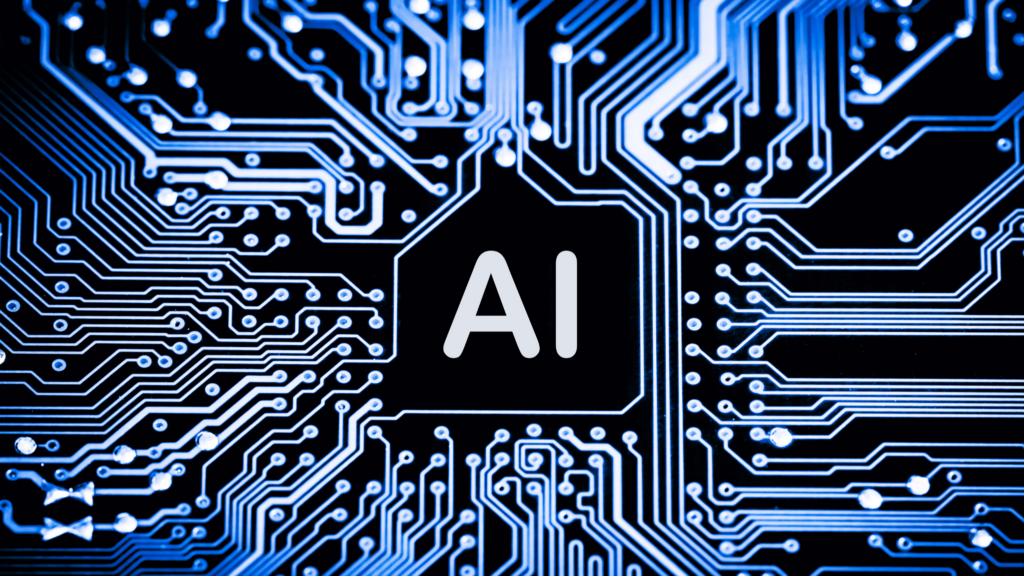Whether your business uses AI yet or not, many of your vendors likely do—and unfortunately, there are risks involved. So, how do you protect your organization when your trusted partners utilize AI?
- Cybersecurity Blog
Reducing Human Error-Induced Cybersecurity & Data Privacy Breaches
-
By Zaviant

Not all cybersecurity and data privacy breaches are the result of an adversary’s carefully crafted and masterfully executed attack.
In many cases, a breach happens because a hacker exploited a common gap in an organization’s system protections or data security protocols. Those openings are often the result of “user error” or lack of awareness.
Staving off those attempting to breach your cyber defenses requires constant vigilance and adaptation – a tall order for any organization. The foundation, however, of an effective cybersecurity and data privacy strategy is rooted in basic best practices that every organization can implement immediately.
Cybersecurity and Data Privacy Breaches: Similar, but Different
Cybersecurity and data privacy breaches are often one in the same to a victim. However, despite their close appearances, they are two different events.
A cybersecurity breach involves an adversary gaining access to a device or network through bypassing security measures. Ransomware and jackware are prime examples.
What is a data privacy breach? It is the unauthorized access, use, disclosure, or acquisition of personal data.
Both cybersecurity and data privacy breaches can be an organization’s worst nightmare. In addition to damaging an organization’s credibility and reputation, both breach types have far-reaching consequences. They often require a significant investment in money and time to recover from.
8 Basics for Cybersecurity & Data Privacy Breach Prevention Plans
Though effective cybersecurity and data privacy breach protection technologies are often sophisticated, the fundamentals of attack prevention are paramount.
Every network and data security strategy should involve:
- Keeping Things Simple
- Providing Clarity on Your Organization’s Data Classification Policy
- Educating Your Team on Social Engineering Tactics
- Trusting Your Tools
- Setting Reporting Guidelines
- Setting Password Guidelines, leveraging MFA where possible
- Practicing Physical Security
- Keeping Software Up to Date
1. Keeping Things Simple
Complexity kills cybersecurity. Complicated procedures and policies increase the risk of the employee doing something they should not. For example, a team member might turn off a pop-up notification that warns of suspicious emails out of ignorance or frustration from frequency. Likewise, they may not understand the risk of downloading unapproved software on company devices. Users should have a basic understanding of your cybersecurity and data privacy policies.
2. Providing Clarity on Your Organization’s Data Classification Policy
Knowledge is power.
If your team understands the value of the data they work with daily and what it can mean if that data falls into the wrong hands, they have a better appreciation for how to handle data.
Handling and storing a file containing your client’s personal data requires a much higher level of care than a shared document listing office holidays.
Providing your team with information that outlines the types of data they will deal with and how to handle it gives clarity to possible disastrous scenarios.
3. Educating Your Team on Social Engineering Tactics
Imitation is not always a form of flattery. For cybercriminals, it is the starting point of a data breach.
Social engineering tactics, in which a hacker impersonates someone, are among the most common tactics used to circumvent cyber defenses easily. Adversaries often rely upon the good nature of their victims to ease them into providing network access or data. For example, a hacker may pose as an employee who claims they forgot their credentials and then contact an unsuspecting “colleague” for help.
Common social engineering tactics include:
- Email phishing
- Spear phishing
- Whaling
- Vishing (voice phishing)
- Smishing (system messenger phishing)
- Calendar phishing
The best mantra for your organization is that if something seems suspicious, it probably is. There is no shame in verifying the validity of a request or communication (which we will discuss later).
4. Trusting Your Tools
There are a host of tools organizations use to keep networks safe and data secure.
Professionals design these tools to work with many of the default settings intact, straight out of the box. Changing settings parameters can create new vulnerabilities and gaps. Keep your tools turned on and always up to date.
Investing in the tools to keep data safe and not using them as intended is as good as not having them to begin with.
5. Setting Reporting Guidelines
Part of an “always-on” cybersecurity strategy is for your team to always be vigilant and report issues that seem suspicious or outside the norm. It is no different from a neighborhood watch.
Your team should never hesitate to report something suspicious, even if they feel it is an overreaction. It is always better to be safe than sorry.
Your organization should have clear and reliable reporting methods in place, as well as procedures to follow in the event of suspicious activity. The sooner an issue is reported, the sooner prevention methods can begin.
6. Setting Password Guidelines
Leaving all the doors to your office always wide open is no different than your organization having weak password guidelines – both are an open invitation to those with less than good intentions.
Put simply: Weak passwords and password security procedures create security gaps.
Consider having employees use a passphrase instead of a password. For example: “I like to cook on the weekends,” could become, “1L2Cotw33&.” Forbid passwords being written on sticky notes and left on desks or in drawers – anywhere they are easily accessible. Disciplinary procedures should be in place for those who break the rules.
7. Practicing Physical Security
Physical security and cybersecurity go hand-in-hand.
Leaving devices unattended (an unlocked phone on a counter) is one of the worst things you can do if the wrong person is around. You have basically left your wallet on the counter.
It is also important to verify that the devices connected to your computers or network are clean. Have the staff avoid plugging anything into their machines that are not company-issued or coming from a trusted partner at a minimum. An innocuous thumb drive may contain malicious software that can start a cyber attack or data privacy breach.
8. Keeping Software Up to Date
Periodically, software and operating systems need an update. Never put off the updates. There may be patches or security upgrades that are immediately needed to keep your devices and network safe. Your IT department can set up regular maintenance to include automatic updates.
Supercharging Cybersecurity & Data Privacy Breach Prevention
The world of cybersecurity and data privacy protection is always in motion. New regulations and best practices are released almost every day as adversaries find new ways to access information and systems they should not.
For any organization, staying ahead of adversaries and their tactics should be a top priority. Though that may seem like a tall order (it is), your organization does not have to go it alone.
Working with a mature and trusted third-party cybersecurity company takes some of the burden off of maintaining a robust and agile cybersecurity and data privacy of your team.
As experts at keeping networks and data safe, a third-party cybersecurity provider’s only role is to keep your network and its assets safe. They can easily work alongside your existing IT department, allowing for improved and streamlined operations.
Meeting Cybersecurity & Data Privacy Breach Prevention Head-on
Cybersecurity breaches are becoming more and more prevalent. While it is a constant battle to protect your company from cyber-attacks from all angles, there are simple steps your organization can take to reduce the risk of unintentional breaches.
With a culture of vigilance and caution, the risk for a cyberattack or data breach decreases substantially.
Give Your Cybersecurity & Data Privacy Breach Protection a Boost
Talk with one of our experts today about how we can help reduce your organization’s susceptibility to a cyberattack or data breach.
Share This Post
- Get The Latest In News & Insights
Explore solutions
Data Privacy, Security & Risk
Build or improve upon your data privacy policies and controls.
Platform Expertise
We tailors strategies to your unique risks and compliance needs, ensuring robust protection against cyber threats.
Regulatory Compliance & Frameworks
Zaviant's experts anticipate and mitigate cyber risks, safeguarding your data from diverse threats.







